Are Video Games the New Movies? Hideo Kojima and Nicolas Winding Refn
|Shane Anderson
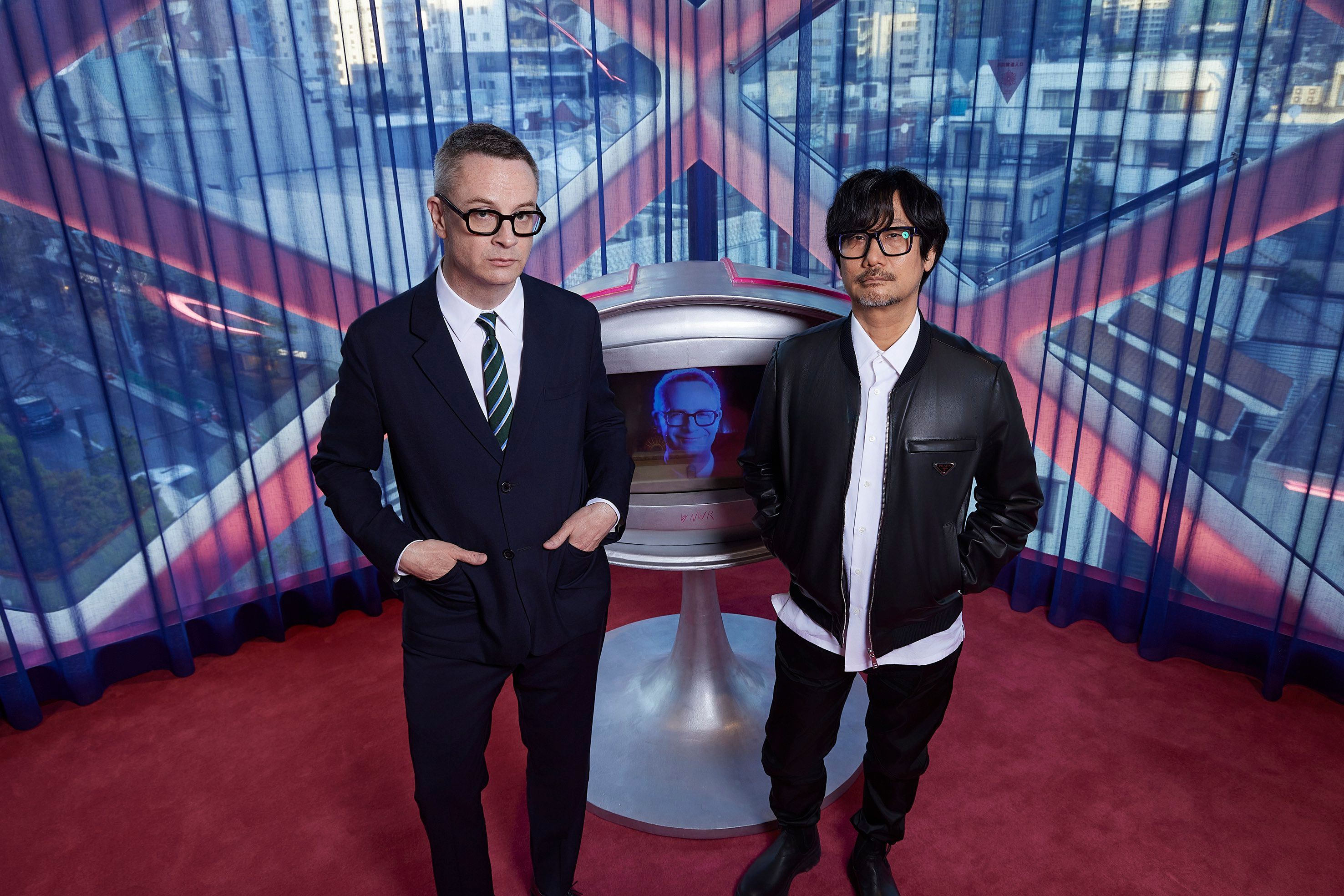
Nicolas Winding Refn and Hideo Kojima, Photo: Daisuke Takeda
“We are both addicted to screens,” says Danish filmmaker Nicolas Winding Refn in his collaborative installation Satellites with Japanese video game creator Hideo Kojima. The two legendary figures have joined forces for an exhibition on the fifth floor of the Prada Aoyama Tokyo flagship store. Running from April 18 to August 25, 2025, Winding Refn and Kojima’s piece transports viewers into a cinema-inspired set where the two creators engage in an intimate conversation about the nature of love and human connection though separated by screens.
Shane Anderson asked Hideo Kojima, best known for creating the Metal Gear series, and Nicolas Winding Refn, whose accolades include Best Director at Cannes for Drive (2011), a series of questions via email about screen addiction, interactive storytelling, and the relationship between film and gaming culture.
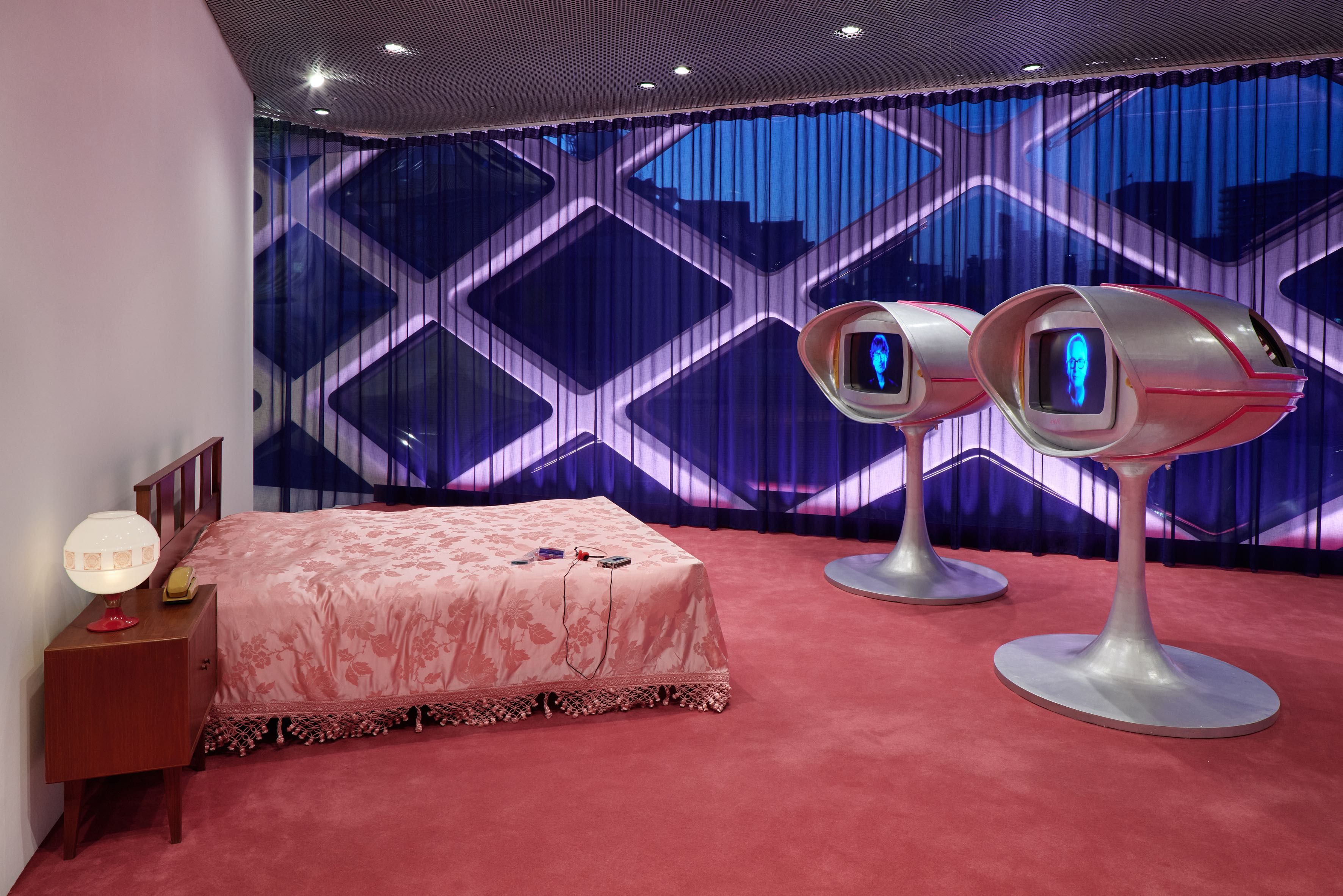
“Satellites” by Nicolas Winding Refn with Hideo Kojima, Photo: Yasuhiro Takagi, Courtesy Prada
Shane Anderson: How did this collaboration come about? How did you meet?
Nicolas Winding Refn: Hideo and I met many years ago in a restaurant in London, I had gotten an email from him asking if I was around for a catch up and I was. It was a bit of a strange meeting as I don’t speak Japanese, and Hideo spoke through a translator. But there was something magical about that experience, which began what is now a very beautiful friendship.
Regarding the collaboration, I was approached by Fondazione Prada to make my first exhibition, and it was a very exciting opportunity as I have never done visual arts before. Anytime is the right time to expanded your horizon, so I accepted the opportunity, as I had this idea of these screens that were floating like satellites and could communicate. I reached out to Hideo and we spoke about the concept and we felt that it was the perfect collaboration between us, and from there we went out and made it.
Hideo Kojima: Nicolas and I are always saying to each other, “Let’s do something together.” Even when we don’t have anything to talk about in particular, we have frequent Zoom calls. One day, about a year ago, Nicolas suggested to me, “Prada asked me to realize a new project; do you want to do something with me?” I was quite busy but expressing something using the “gravitational field” (space) provided by Prada as a high fashion platform felt intriguing to me, and I gladly accepted the opportunity.
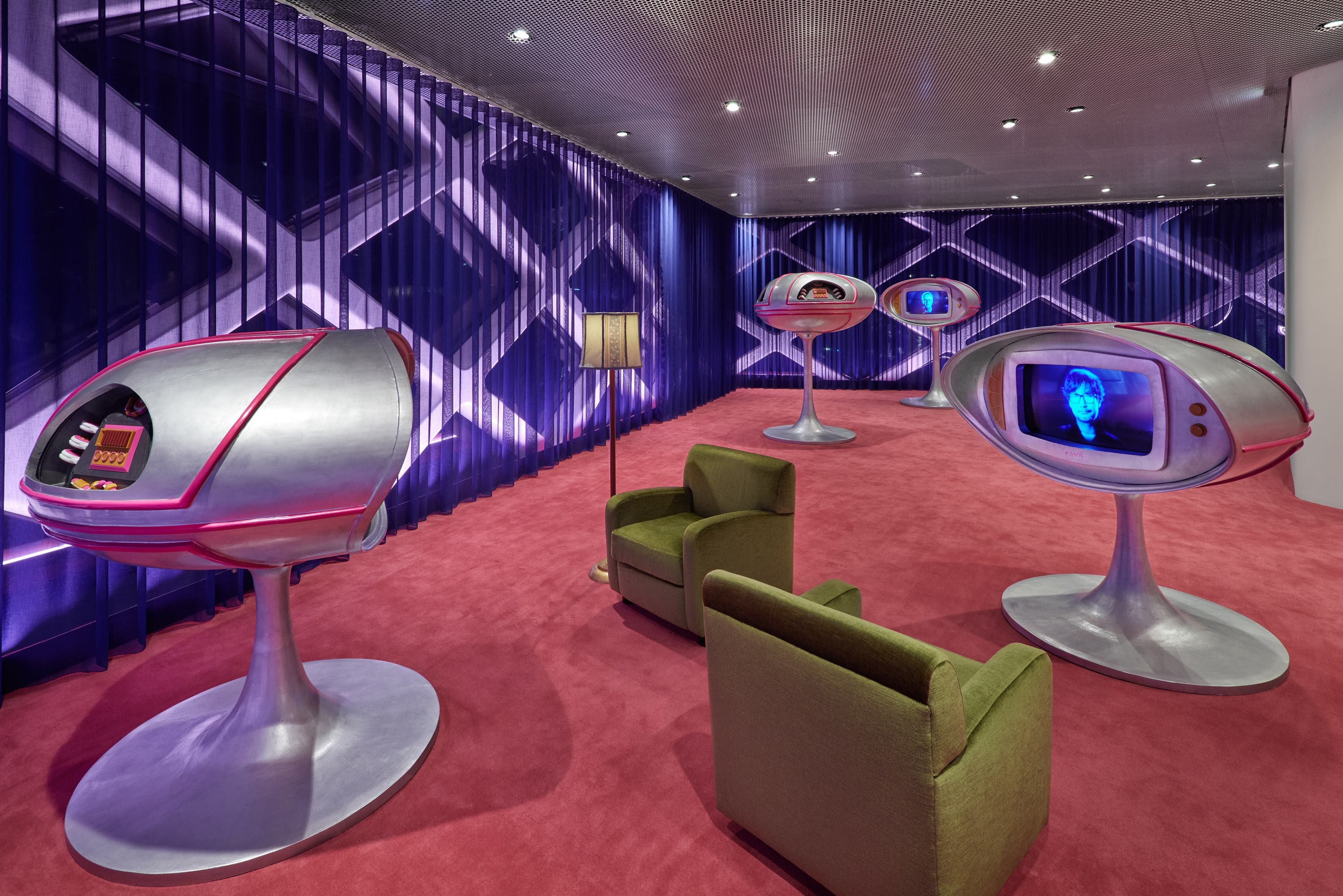
“Satellites” by Nicolas Winding Refn with Hideo Kojima, Photo: Yasuhiro Takagi, Courtesy Prada
SA: Could you say something about the exhibition? What will people see? What will be on the screens? What kinds of emotions do you hope to convey?
HK: You will see a Danish man and a Japanese man sitting facing each other across an analog monitor, sharing an intimate conversation. The content and details of our discussion are not particularly important. We are two men who differ in language, nationality, culture, and profession. Though physically separated by a certain distance, we orbit—neither too close nor too far—continuously drawn to each other by a harmonious gravitational pull. Our relationship resembles that of binary stars. Having lived through the COVID-19 pandemic and being in this age of the metaverse, I hope that visitors can sense an analog “communication” through a “satellite” that knows no language.
NWR: Well, I don’t know if I have such an agenda on what I want to accomplish with anything I make, but I think that there is something very interesting about how we live like isolated satellites and we float through space. Hideo and I communicate very much about the failure of life, and the more human side of being creators.
I wanted to build a narrative where there was a public setting, a domestic setting, and an intimate setting, and each of them would be the same experience as watching these two satellites that would be speaking to each other almost like confessions. As you go through the instillation, you start from the beginning and come out to the end where you get to access a physical object that you can take with you—cassettes of our conversation in AI translated languages.
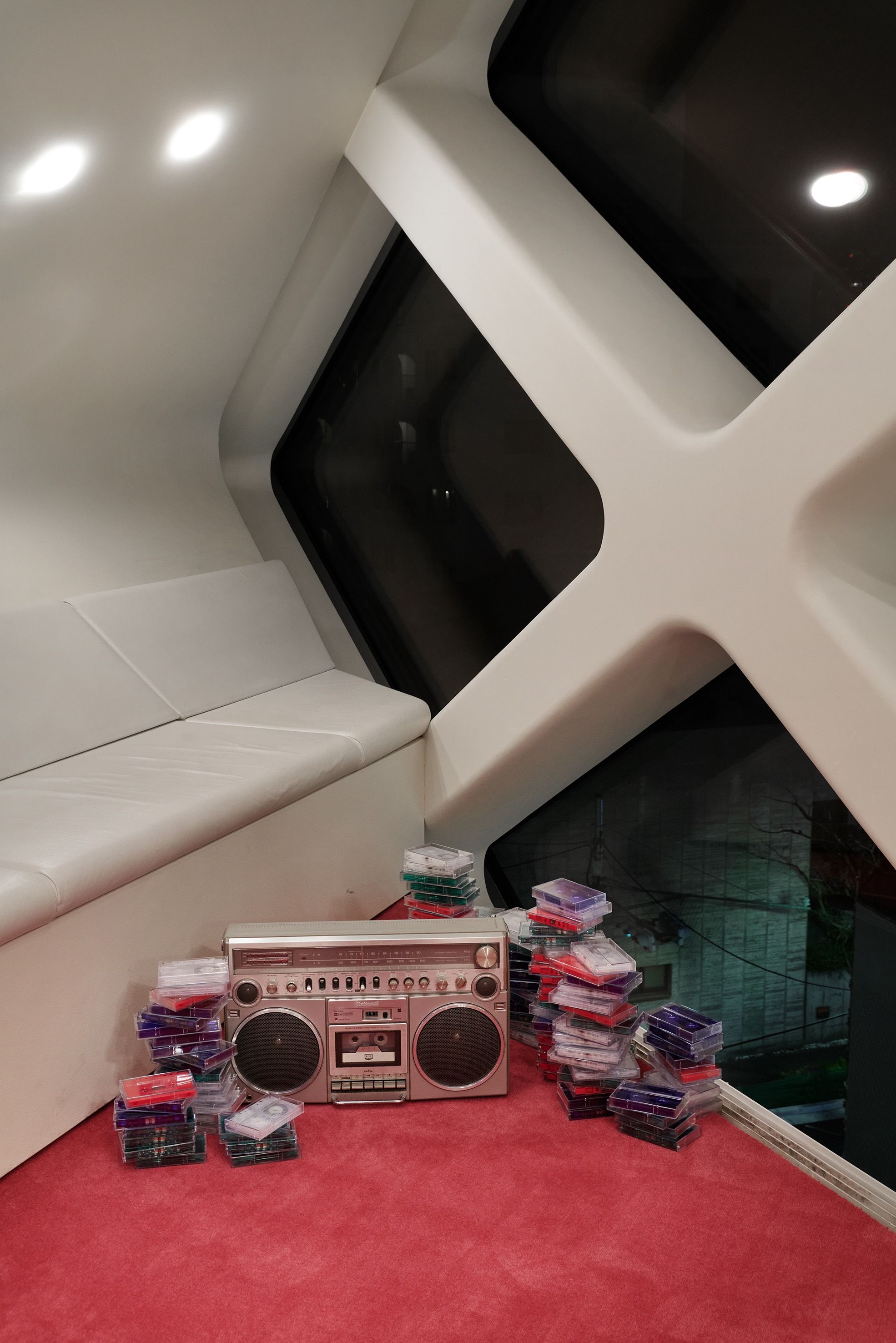
“Satellites” by Nicolas Winding Refn with Hideo Kojima, Photo: Yasuhiro Takagi, Courtesy Prada
SA: What’s the relationship between filmmaking and creating video games?
NWR: There are obviously many similarities as many games are inspired by movies. But from a narrative perspective and an experiential perspective, they are very different. They are almost the polar opposite which is what makes it interesting. You can say that movies feel like the past and games feel like the future. And that sometimes games feel like part of the past and cinema a part of the future.
SA: Hideo, you’ve recently been working on the Death Stranding movie, which is not yet released. What is it like moving to film? Did Nicolas help you? Did he or anyone else give you great advice as you begun your filmmaking journey?
HK: Nicolas and I deliberately avoid commenting on, offering opinions about, or giving advice on each other’s works. We do, however, share updates about what we’re currently working on. Nicolas isn’t the only one—I have many friends among filmmakers and those in the film industry. But rather than seeking their opinions, I share my ideas for film adaptations with them. They never oppose; they simply agree with my vision.
Regarding the film adaptation of Death Stranding, major studios approached me with ideas to turn it into a blockbuster or a massive trilogy. However, that wasn’t what I was looking for. I wanted to create something out of the ordinary—an indie film that would satisfy cinephiles. That’s why I approached A24.
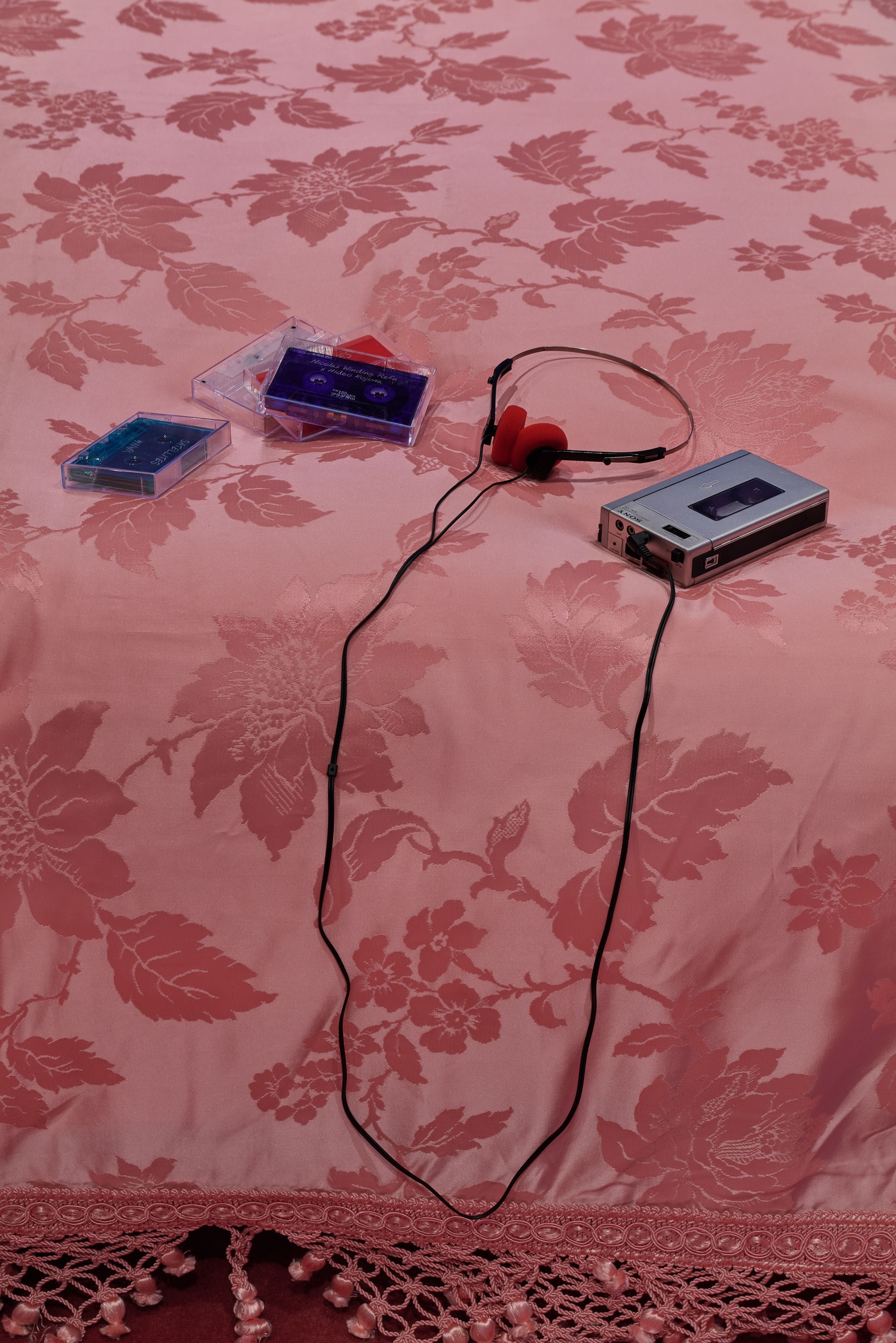
“Satellites” by Nicolas Winding Refn with Hideo Kojima, Photo: Yasuhiro Takagi, Courtesy Prada
SA: Why move beyond video games, which is the biggest industry in entertainment today? Are video games art?
HK: The status of game creators as a profession remains relatively low, despite the large user base and market associated with games. Compared to filmmakers, visual artists, or writers, we are not as highly regarded. I see part of my role as helping elevate the cultural status of game creators and bringing the medium of games closer to art—or creating the foundation for that. Writing for literary magazines, offering commentary on novels and films, and hosting a radio show are all part of that process.
SA: Nicolas, could you ever imagine making a video game?
NWR: I would love to make a video game. And I will make a video game.
SA: Do you think video games are art?
NWR: Absolutely. Compared to other artforms, it is one that continues to evolve because technologies allow it. This makes it a very interesting artform.
SA: Hideo, video games are very addicting. Is this ever something you think about while creating a new game?
HK: Typically, players seek new gameplay mechanics, experiences, and stimuli. However, because games are interactive, they often reject unfamiliar controls or gameplay systems. Therefore, at the beginning, I guide them along recognizable routes while gradually switching the rails—like riding the same train as always, only to discover later that the scenery has changed. Once that shift happens, it becomes possible to create a sense of addiction for the players.
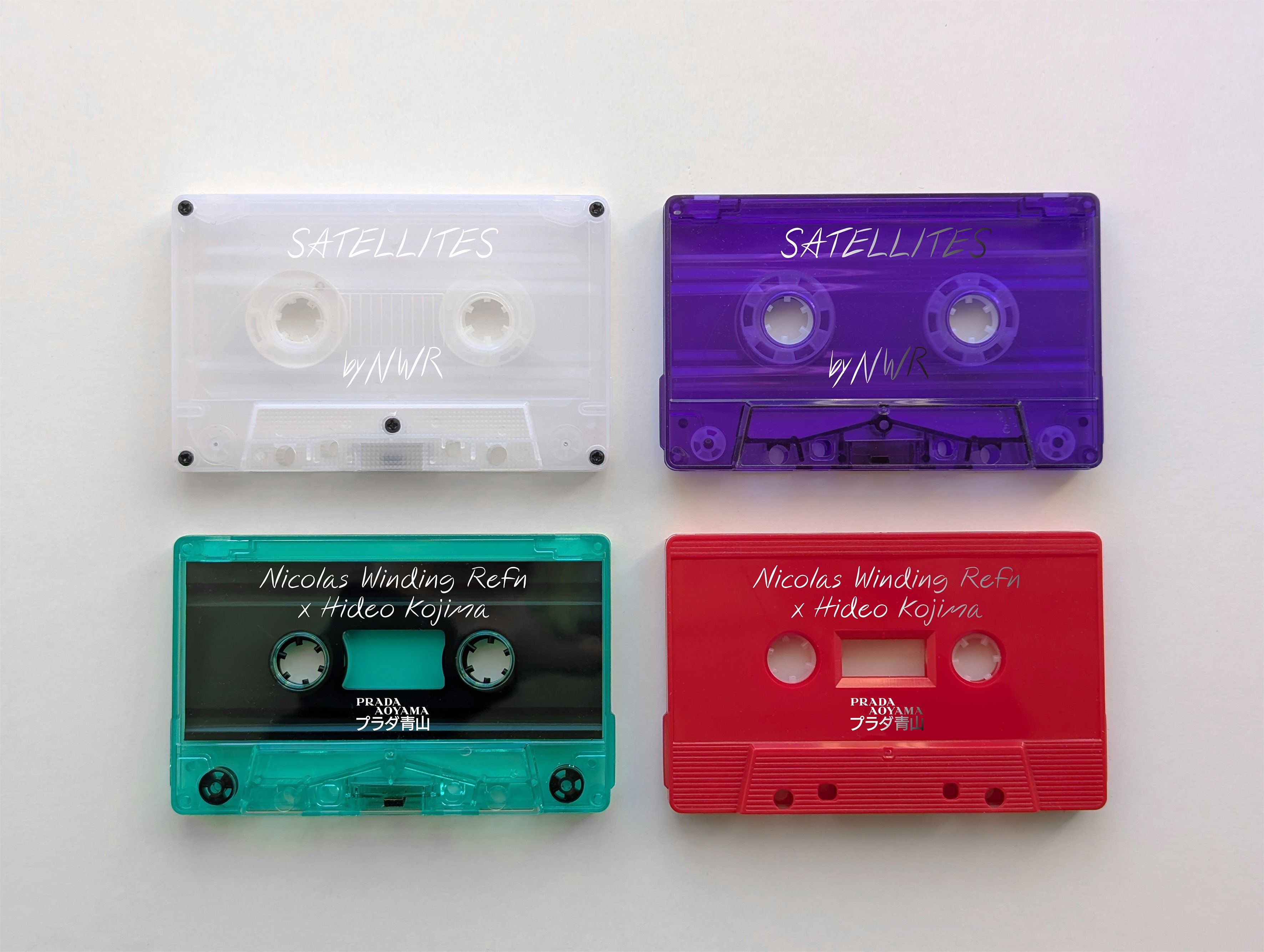
“Satellites” by Nicolas Winding Refn with Hideo Kojima, Photo: Yasuhiro Takagi, Courtesy Prada
SA: Nicolas, did you ever play games? Have they influenced your filmmaking in any way?
NWR: I am not the biggest gamer. I have obviously played DS and I play Mario brothers on my Nintendo Switch. But I find the gaming world incredibly exciting, it is a world filled with so much opportunity that we do not have in cinema.
I don’t know if it has inspired me directly, but I can sense that it has inspired me indirectly.
SA: Hideo, Nicolas appears in the video game Death Stranding 2: On the Beach. How often do you incorporate friends in your games? And what’s the significance of it?
HK: In films, there is often the concept of a guest appearance, where close friends participate as cameos. By doing this, it makes the production and shooting environments feel more comfortable. Since everyone is busy, assigning them to major roles isn’t feasible. Instead, we have them participate in scans and brief shoots, and then the rest is completed using body doubles.
SA: Nicolas, do you ever use friends and family in your stories?
NWR: I think it is an open secret that everything I do is about my family in one way or another. It is certainly about me. But that is really all you can do as an artist—to express your emotions.
SA: In the press release, it’s suggested that there’s a “future common territory made possible by technologies that blur the boundaries between media.” What is this common territory? And, by extension, would you like to see them become closer?
NWR: I think it is a natural evolution that everything will become one. What I don’t have the answer for yet, is what it is going to be like, but I can say with certainty that it is going to be pretty cool.
SA: You suggest in the book’s publication that you send each other emojis as a way to overcome a linguistic barrier. Are these fully developed thoughts or just snapshots? How important is it to tell stories without words?
HK: It is a fairly primitive form of communication. There are many words in Japanese that don’t exist in English. Even if I express my emotions in Japanese, they cannot be properly translated into a film—not even through automatic translation. In such cases, dialogue through simple emojis or visuals often proves more accurate. This is because emotions need to be supplemented by each individual. This act of supplementing creates a feeling of empathy, and that is what’s important.
Film was originally silent. Movies are a medium of images. Characters, drama, and stories should be conveyed through images. Even George Miller has consistently produced action films with very little dialogue. Words are symbols, but emotions cannot be converted into symbols. Expressing drama through words alone is difficult. Words are meant to supplement emotions. However, words and images can transcend time. They can be recorded and passed down to future generations, and that role is undeniably significant.
NWR: Telling stories without words is as universal as you can get. I find it a very exciting language to work in. You know, in a way it’s very pure. But maybe we should focus more on what we’re saying rather than just saying something.
SATELLITES
BY NICOLAS WINDING REFN WITH HIDEO KOJIMA
PRADA AOYAMA TOKYO
18.4 – 25.8.2025
Credits
- Text: Shane Anderson